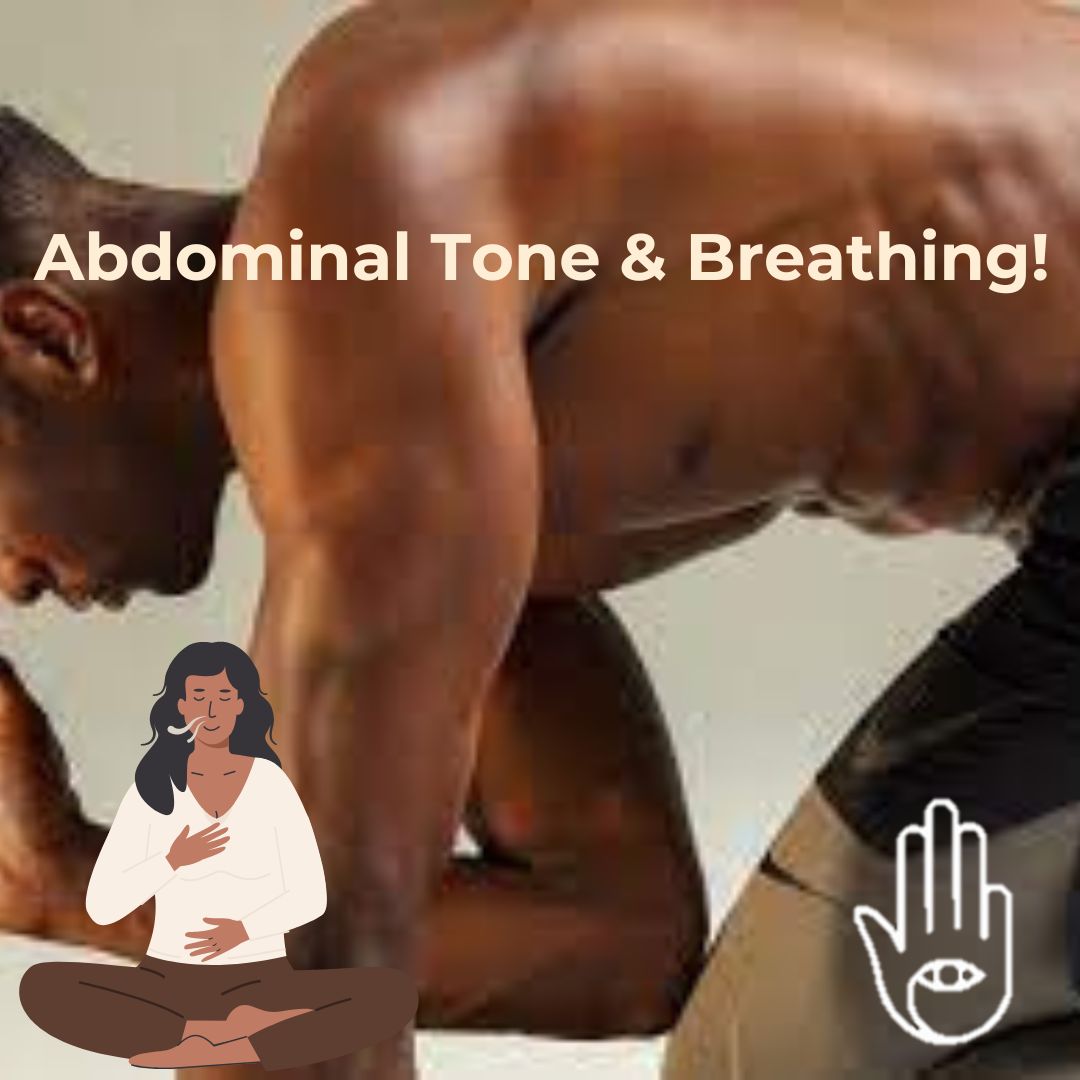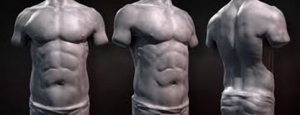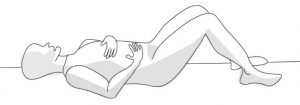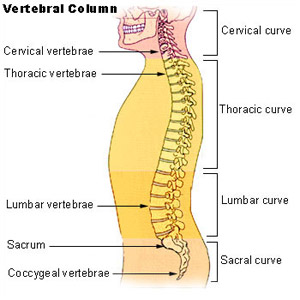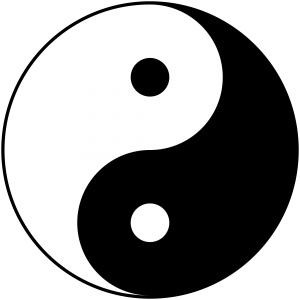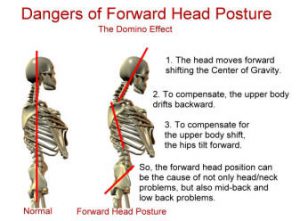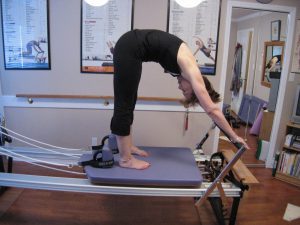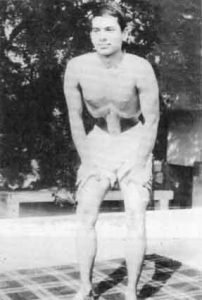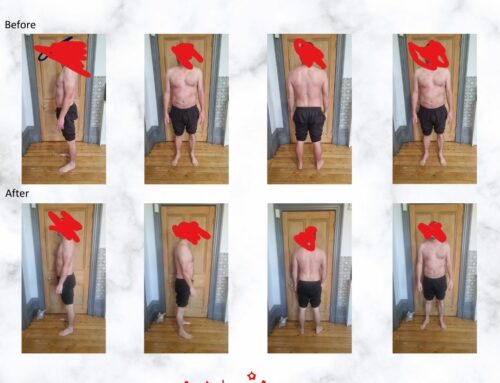Most of the population are manipulated by media images of perfect abdominal tone. Fitness gimmicks show us tight abdominals that look aesthetically desirable. We therefore have a nation of people who go around holding their tummy constantly tight, this causes breathing dysfunctions and has long term negative affects on the body.
Our abdominals are prime movers and stabilisers that connect the back to the front. On my research at Manchester central library I found 9 core abdominal books and 39 back rehabilitation conditioning books. This shows that very few people are connecting the front to the back. The front and back provide a dynamic corset for the extremities.
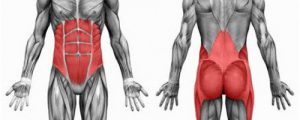 A correct breathing pattern should have a natural rise in the belly followed by the diaphragm. Technically two thirds of the breath starts in the belly and the final third is in the diaphragm. I would like you to lie flat on your back and place one hand on your tummy and one hand on your chest, notice the rise and fall and notice if you are a chest or a belly breather. Now stand up and suck your abdominals in and now try and breath. You will see a negative recruitment of the levator scapula, upper traps, neck extensors etc. This has brain and face reactions and can cause cognitive disorders.
A correct breathing pattern should have a natural rise in the belly followed by the diaphragm. Technically two thirds of the breath starts in the belly and the final third is in the diaphragm. I would like you to lie flat on your back and place one hand on your tummy and one hand on your chest, notice the rise and fall and notice if you are a chest or a belly breather. Now stand up and suck your abdominals in and now try and breath. You will see a negative recruitment of the levator scapula, upper traps, neck extensors etc. This has brain and face reactions and can cause cognitive disorders.
Oxygen is a primary nutrient creating energy in the body. You will see that breathing appears at the top of the CHEK totem pole. If we lose this key function, we cannot get full movement in our axial skeleton. This will make us feel tired and we will crave sweet products and caffeine to compensate part or whole.
The body has both a yin and a yang side, yin is an anabolic energy expansion with feminine attributes, yang is our masculine energy exhalation and projection. Aesthetics challenge our intelligence and cost more money to ourselves. Organ visera cannot move and do its natural process of removing foods, waste, chemicals, bringing in blood and nutrition, hence this disrupts our body and is called organ motility. Our organs are like sea weed and they constantly should be moving, they are also linked to structural function.
If we are constantly flexing the abs, the head comes down and forward plus the chest and pelvis to compensate. Abdominal tone is important to prevent injuries of the knees, back and shoulder. We also need the ability for the discs to get adequate fluid supply. Try and move with flexed abdominals and this will restrict the curves of the spine. If you are constantly planking you will become like a piece of wood, the purpose of movement is to keep the body’s oscillators (pumps) working.
So let’s go on to the subject of Pilates, yes I teach centring and moving from the power house as it was originally done. I don’t think that it is incorrect to use the base principals when the repertoire is understood and taught to an individual understanding and underlying issues. You will now see a picture of elephant round back on the reformer, I regularly teach the scoop on this exercise, as it helps to create space in the lumber spine or thoracolumbar fascia. Having said that there will be natural movement in the scooped area as the reformer carriage moves in and out. The applied Pilates breath of inhalation and exhalation will support this. New clients have a tendency to hold their breath, but this is a lack of experience and will come with the correct cueing plus looking at stress levels.
The Yoga bandhas of mula and uddiyana have its purpose and place in Yoga. As part of traditional Yoga philosophy these should be taught and understood by the practitioner. The Kumbh Mela festival is held in Uttar Pradesh in India (which is my fathers district). Incredible contractions of the abdominals can be seen in the sitting sadhus and also in their Yoga asana. Unfortunately in the West there is an increase of IBS, crohn’s disease and other inflammatory intestinal disorders. If the teachers do not have awareness of this, this can actually promote more problems in the body.
As for chaturanga I use this as a link or transition between asana.
Bibliography
Paul Chek
Yoga

